Impressive growth
Vietnam’s economy has started 2025 on a positive note. Gross Domestic Product (GDP) growth reached 6.93% in the first quarter, following a 7.09% recovery in 2024.
These figures reinforce the confidence of the international community. At a meeting with Prime Minister Pham Minh Chinh on the sidelines of the World Economic Forum (WEF) Tianjin 2025, WEF Interim President Peter Brabeck-Letmathe affirmed that Vietnam's role in the global economic network is increasingly clear.
 |
| Prime Minister Pham Minh Chinh attends a policy dialogue with President and CEO of the World Economic Forum (WEF) Borge Brende. (Photo: VNA) |
Sharing the same view, WEF Executive Chairman Borge Brende highly appreciated the double-digit growth target that Vietnam is aiming for. He considered this a feasible strategy if Vietnam maintains its current momentum.
Meanwhile, the Organisation for Economic Co-operation and Development (OECD), in its Vietnam Economic Report 2025 released in mid-June 2025, stated that Vietnam has made significant long-term progress. OECD Chief Economist Alvaro Pereira expressed his belief that Vietnam is fully capable of becoming a high-income country by 2045 - and could even achieve it sooner if it continues to maintain reform and integration efforts.
From the private sector perspective, UOB Bank also recorded clear signs of recovery in the Vietnamese economy in the second quarter of 2025. According to the latest forecast, GDP in the second quarter of 2025 is estimated to reach 6.1%, thanks to the US tax deferral policy and the initiative of the Vietnamese government and businesses. Along with that, UOB's survey shows that 60% of Vietnamese businesses are still optimistic about growth prospects in the coming year and nearly half have plans to expand into international markets.
Proactive reform in the face of challenges from global fluctuations
However, the economy still faces many challenges, especially from the external environment. The International Monetary Fund (IMF) warned that Vietnam's growth prospects depend largely on the results of trade negotiations. Mr. Paulo Medas, Head of the IMF Mission in Vietnam, noted that escalating trade tensions will create challenges for export businesses.
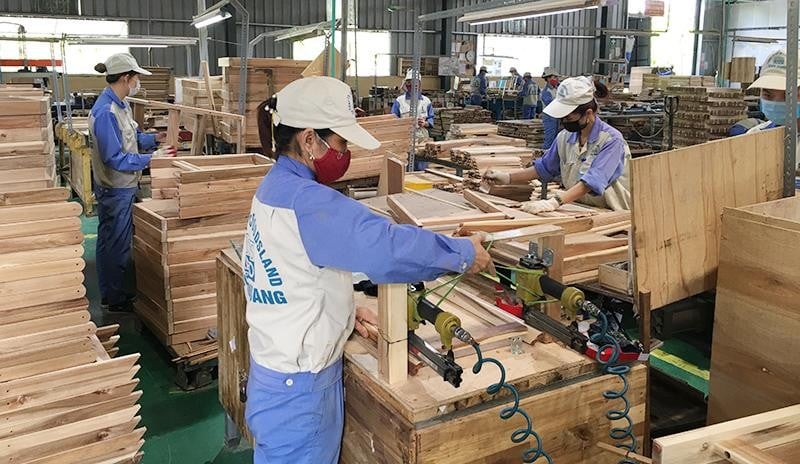 |
| Illustration: Production line of interior and exterior wooden furniture for export. (Source: Internet) |
Notably, UOB and the IMF both mentioned the impact of US tariff policies. The US announced the imposition of a 46% reciprocal tax on a number of Vietnamese goods in early April 2025, although the implementation was postponed for 90 days, still created concerns. According to UOB, key industries such as electronics, furniture, textiles and footwear account for about 80% of export turnover to the US, so they are very vulnerable.
In the face of many risks, international organizations have recognized Vietnam's efforts in maintaining macroeconomic stability and promoting reforms.
The IMF believes that fiscal policy should play a leading role. The organization recommends that Vietnam accelerate public investment and modernize its monetary management framework. Meanwhile, the OECD emphasizes the importance of institutional reform, attracting high-quality FDI and developing human resources.
On the business side, UOB’s survey found that about 80% of exporting businesses have proactively responded to risks. Solutions include diversifying supply chains, investing in digitalization and sustainable development.
Despite short-term difficulties, the IMF and OECD both agree that with a solid macroeconomic foundation and a clear reform orientation, Vietnam can maintain stable growth momentum.
UOB Bank forecasts Vietnam's GDP growth to reach 6% in 2025 and increase to 6.3% in 2026.
Source: https://thoidai.com.vn/kinh-te-viet-nam-tang-truong-an-tuong-giua-thach-thuc-toan-cau-214547.html


![[Photo] National Assembly Chairman Tran Thanh Man attends the VinFuture 2025 Award Ceremony](/_next/image?url=https%3A%2F%2Fvphoto.vietnam.vn%2Fthumb%2F1200x675%2Fvietnam%2Fresource%2FIMAGE%2F2025%2F12%2F05%2F1764951162416_2628509768338816493-6995-jpg.webp&w=3840&q=75)



![[Photo] 60th Anniversary of the Founding of the Vietnam Association of Photographic Artists](/_next/image?url=https%3A%2F%2Fvphoto.vietnam.vn%2Fthumb%2F1200x675%2Fvietnam%2Fresource%2FIMAGE%2F2025%2F12%2F05%2F1764935864512_a1-bnd-0841-9740-jpg.webp&w=3840&q=75)



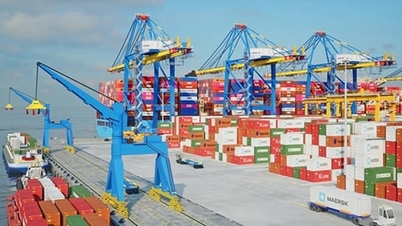






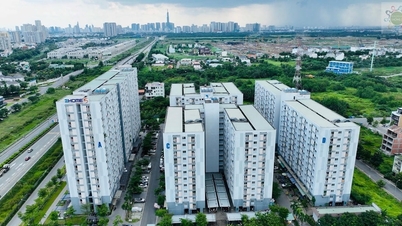



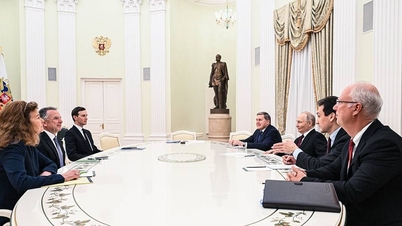

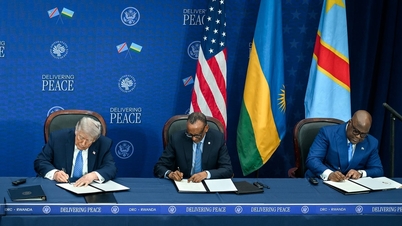





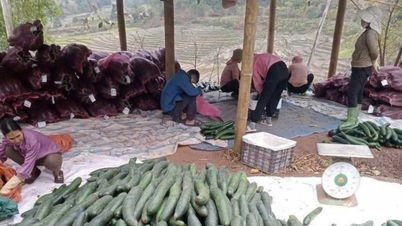











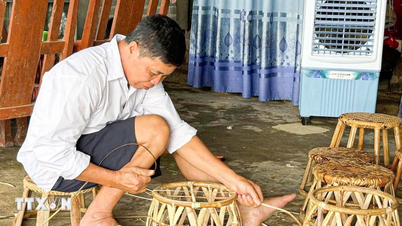













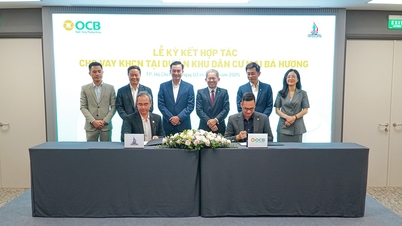






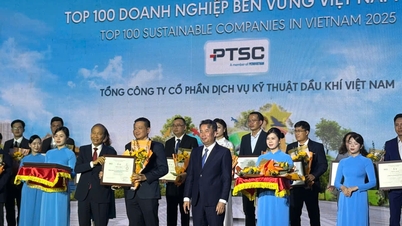












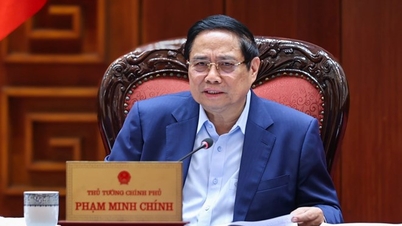
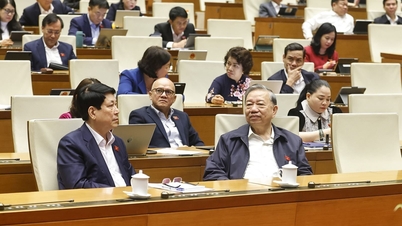






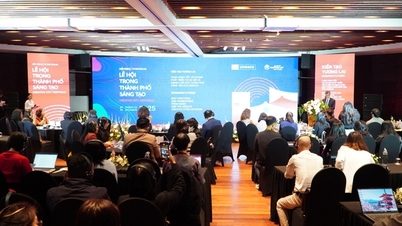






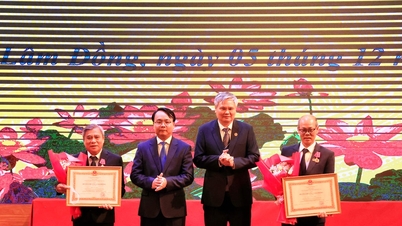


















Comment (0)